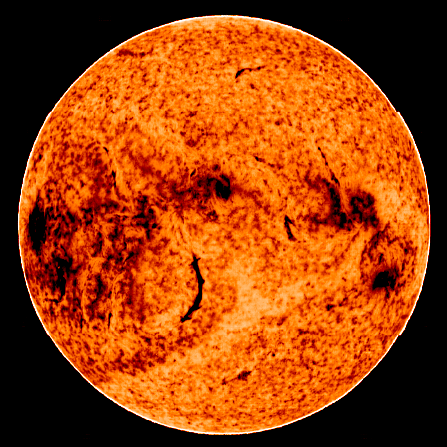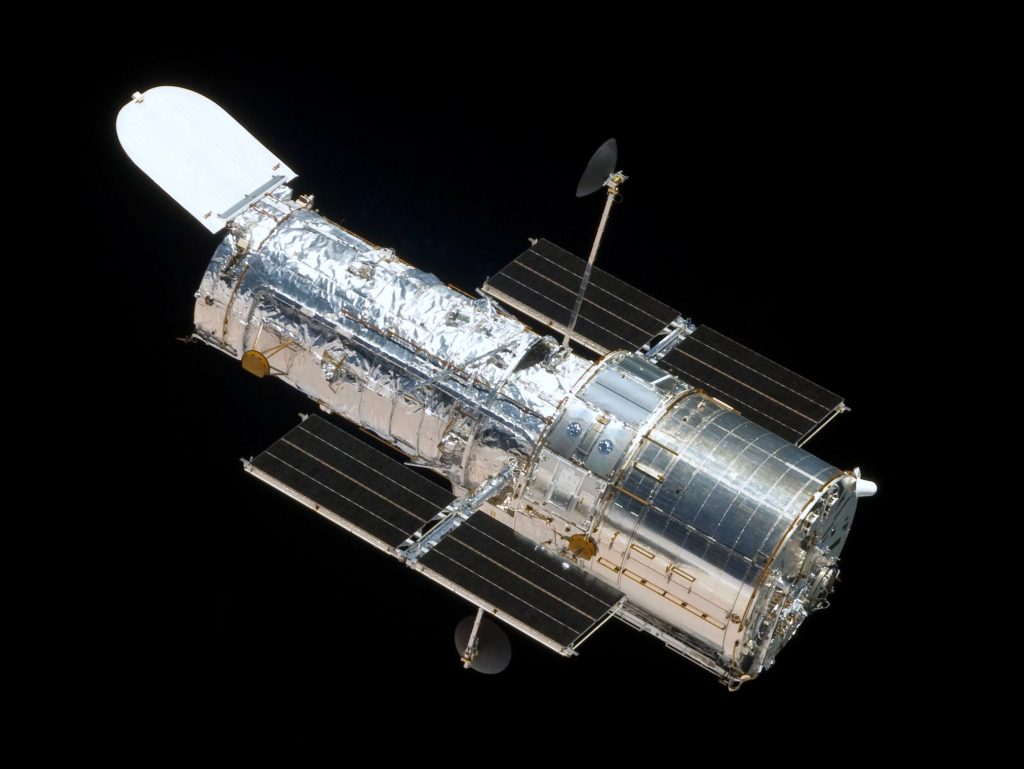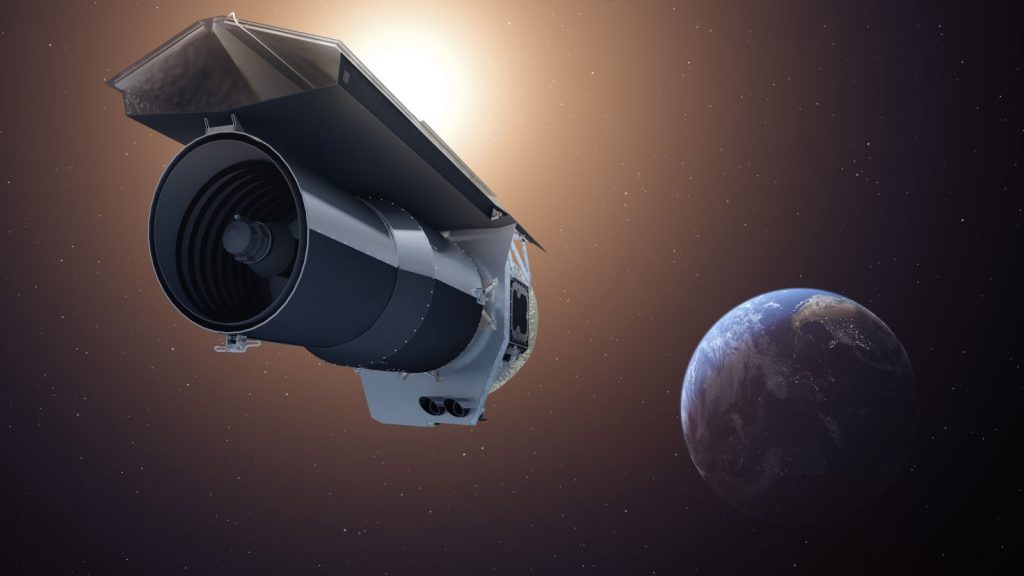While the detection of exoplanets is an important ongoing field of activity, the characterization of their atmosphere has just begun and it is developing very rapidly. A lot can be learnt from spectroscopic observations of an exoplanet atmosphere; the molecular composition of giant exoplanet atmospheres can trace the planet’s formation and evolution; the atmosphere of rocky exoplanets can host biosignature gases. Spectroscopy in Infrared wavelength allow to establish new knowledge on the atmosphere of exoplanets, by exploiting the Hubble Space Telescope (HST) and Spitzer archived space data.
The sample of exoplanets and host stars considered by the Exoplanets-A project comprises all transiting-exoplanet systems observed by either HST or Spitzer. Currently, this corresponds to 135 exoplanets, of which 85 have HST data and 50 exoplanets was observed by warm Spitzer (two photometric observations at 3.6 and 4.5 microns). The associated number of stars is 113, with 76 having HST data.
Development of a “data driven” analysis method based on causal connections within the data to calibrate the spectroscopic observations of exoplanets observed with HST (WFC3 in staring mode) and SPITZER, and to extract the planetary system. The CASCADe code has been tested successfully to spectroscopic data obtained with the Spitzer and HST observatories.

Credits: National Solar Observatory
Hubble Space Telescope

The Hubble Space Telescope (HST) is a collaboration between ESA and NASA. It was the first astronomical observatory to be placed into orbit around Earth with the ability to record images in wavelengths of light spanning from ultraviolet to near-infrared. Launched on April 24 1990, aboard the space shuttle Discovery, Hubble is currently located about 340 miles (547 km) above Earth’s surface. In many ways Hubble has revolutionised modern astronomy, by not only being an efficient tool for making new discoveries, but also by driving astronomical research in general.
Spitzer Space Telescope

The Spitzer Space Telescope was launched into space on 25 August 2003. Consisting of a 0.85-meter telescope and cryogenically-cooled, Spitzer was the largest infrared telescope ever launched into space at the time, designed to study our Solar System to the distant reaches of the early Universe. Spitzer has measured the mass of galaxies when the Universe was less than 10% of its current age. Spitzer also allowed to see cooler objects in space, like brown dwarfs, extrasolar planets, giant molecular clouds, water and hydrocarbons (the building blocks of life) around other stars, and found a huge, previously-unseen ring around Saturn.